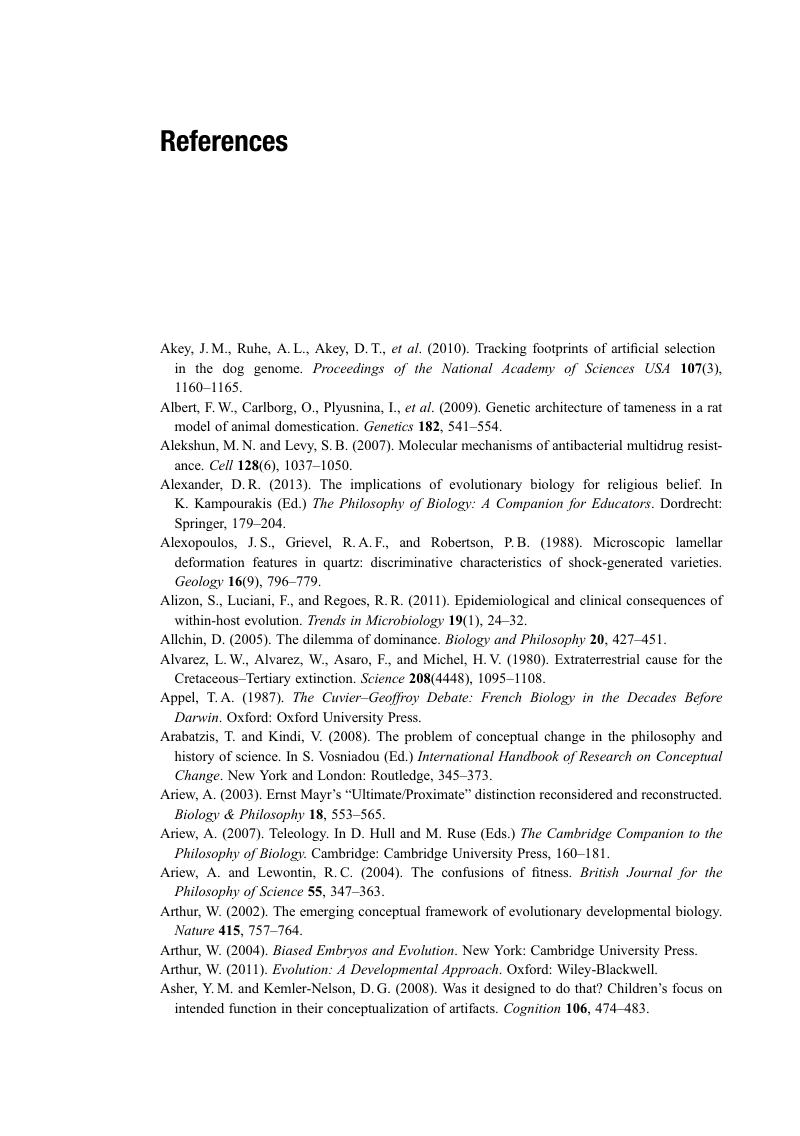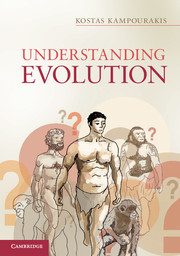Book contents
- Frontmatter
- Dedication
- Contents
- Prolegomena
- Acknowledgments
- 1 An evolving world
- 2 Religious resistance to accepting evolution
- 3 Conceptual obstacles to understanding evolution
- 4 Charles Darwin and the Origin of Species
- 5 Common ancestry
- 6 Evolutionary change
- Concluding remarks
- Glossary
- References
- Index
- References
References
Published online by Cambridge University Press: 05 June 2014
- Frontmatter
- Dedication
- Contents
- Prolegomena
- Acknowledgments
- 1 An evolving world
- 2 Religious resistance to accepting evolution
- 3 Conceptual obstacles to understanding evolution
- 4 Charles Darwin and the Origin of Species
- 5 Common ancestry
- 6 Evolutionary change
- Concluding remarks
- Glossary
- References
- Index
- References
Summary

- Type
- Chapter
- Information
- Understanding Evolution , pp. 228 - 250Publisher: Cambridge University PressPrint publication year: 2014
References
- 1
- Cited by



